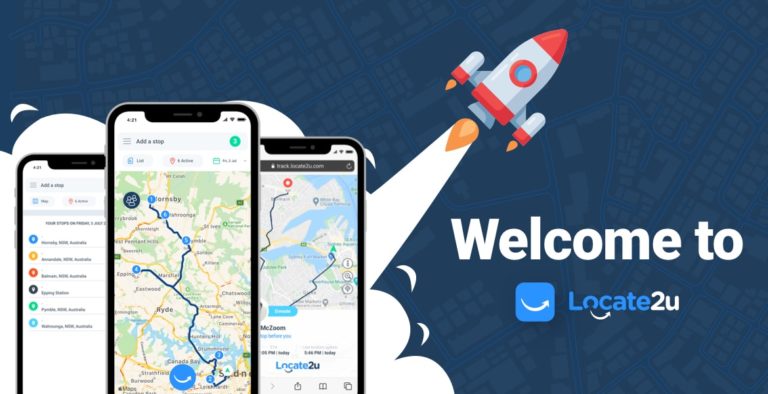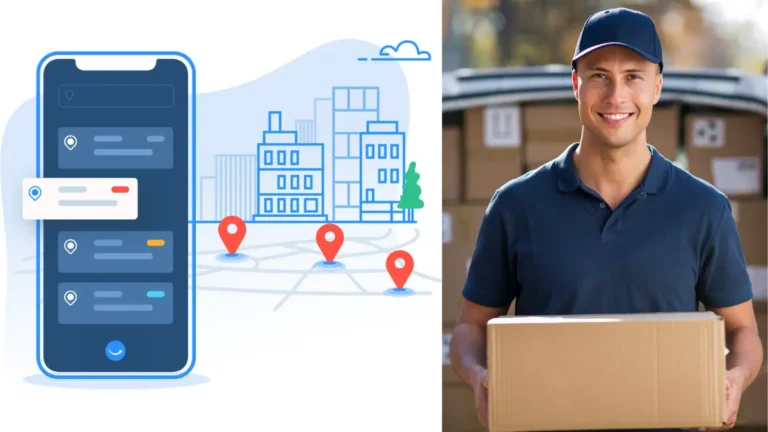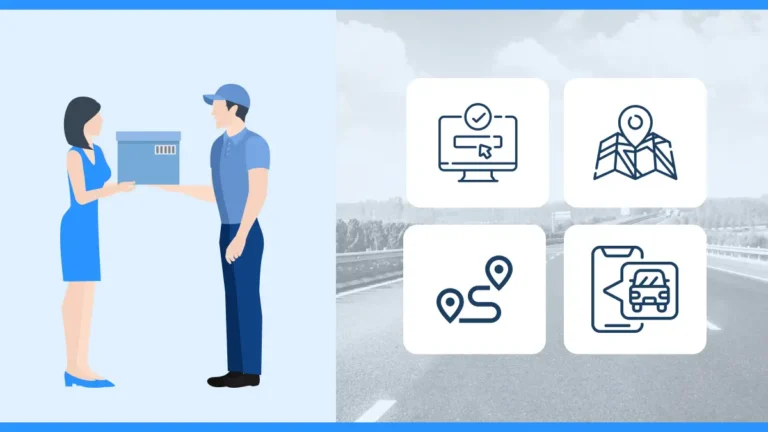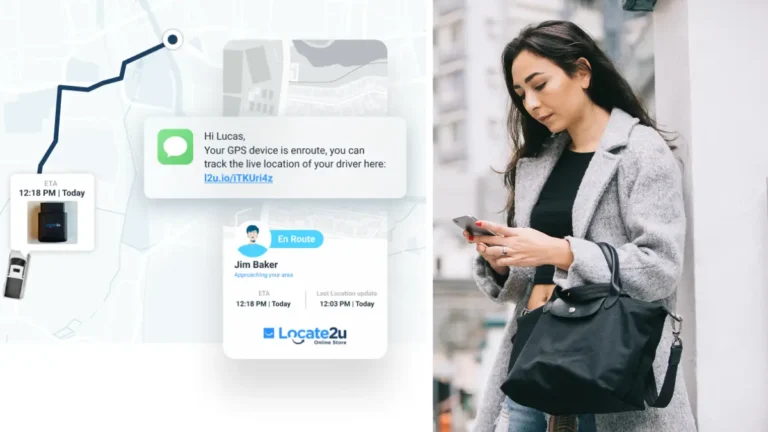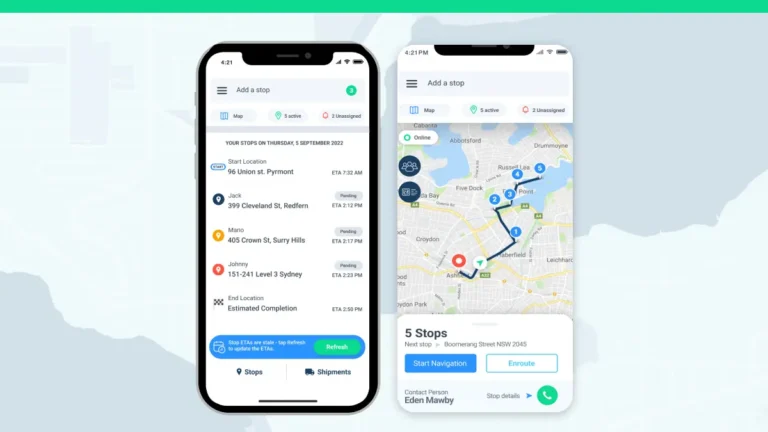E-commerce has taken the world by storm, and now stores have to be on point with their logistics. Online shopping has become popular because customers can shop from anywhere, whether it’s in the comfort of their home or office.
Grand View Research predicts the global e-commerce market is expected to achieve excellent growth in the next six years. “Due to time constraints, a need for a smooth shopping process, and the ease of online buying, consumers increasingly select the digital marketplace,” reads the report.
Online stores need a comprehensive logistics solution to keep customers happy. This is where the art of e-commerce logistics comes into play. Let’s explore the sector, and see how it has evolved over time.
What is e-commerce logistics?
E-commerce logistics refers to the processes involved in managing the movement of goods in an online retail environment, from the point of order placement to the delivery to the customer’s doorstep.
It is a subset of business logistics, which includes transportation, storage, and delivery processes within a business. It encompasses a wide range of activities that ensure products are efficiently picked.
Key to having a successful logistics operation when it comes to online shopping would include:
- Keeping track of stock levels, ensuring that the right products are available at the right time to meet customer demand.
- Storing goods in warehouses or fulfillment centers where they can be picked and packed for delivery. This includes managing space efficiently and maintaining the condition of stored products.
Inbound e-commerce involves purchasing and arranging the inbound movement of materials, parts, or unfinished inventory from suppliers to warehouses or fulfillment centers.
Old-world shopping versus modern day speed
In the 1990s, you had limited options and relied heavily on the availability and knowledge of store employees.
The entire shopping experience was exhausting and time consuming. You also had to carry around hands full of shopping bags, or maybe even have to race to the car to offload your shopping.
Returns were a hassle and frustrating because this often required another trip to the store with the receipt and the item in its original packaging.
Poor logistics contributed to these inefficiencies and frustrations, leading to untimely deliveries and failure to meet customer needs.
Fast forward to today. Shopping has become easy because you can do this from anywhere on a computer or mobile phone. You are also able to pick out your items by viewing high resolution images. No logistics hassle there.
After placing your order, you receive a confirmation email with a tracking number.
Within hours or the next day, the package arrives on your doorstep. If an item needs to be returned, you can initiate the returns process online, print a return label, and schedule a pickup or drop the package at a nearby location. The modern way of shopping is convenient.
E-commerce logistics is pure speed
The advantage of e-commerce logistics is pure speed. Effective logistics management ensures the smooth movement along the supply chain, significantly contributing to this speed.
Previously when you relied on the traditional postal service, delivery could take days. Now, you can order an item and have it delivered fast. In the US, Walmart has on-demand early morning delivery.
Software is a game changer in e-commerce logistics management
A modern marvel in the logistics landscape has to be logistics management software. Route optimization software has made it possible for customers to receive their items faster than normal.
Logistics managers use logistics management software to enhance efficiency by optimizing routes, tracking shipments, and controlling costs.
Imagine you are an online store with a small fleet of delivery drivers. Route optimization software calculates the fastest and most efficient routes, ensuring that deliveries are made quicker, enhancing customer satisfaction.
Locate2u has route optimization software that can assist your delivery company to deliver efficiently.
How does route optimization help in logistics?
- Reduces delivery times.
- High delivery volume.
- Real-time tracking of items.
- Enhances logistics capabilities by optimizing routes, allowing both third-party logistics (3PL) and fourth-party logistics (4PL) providers to efficiently manage and integrate the entire logistics process.
Real-world example of e-commerce logistics in action
Nowadays companies are working together to the benefit of the e-commerce space. Companies like ShipStation, a cloud-based shipping solution company and a marketplace integration platform ChannelEngine are helping online merchants sell more goods.
Third-party logistics (3PL) providers play a crucial role in managing inbound and outbound transportation, warehouse management, and fulfillment services for e-commerce businesses.
Merchants will be able to import orders directly from ChannelEngine to ShipStation. In addition, merchants can automate related shipping and warehouse management processes, which are essential for efficient logistics operations.
Eliminating manual tasks will allow merchants to have a more efficient shipping workflow. Let’s explore some real-world examples of how e-commerce logistics works.
The online shopper
Picture this: You receive an urgent call late at night informing you of an unexpected business trip early the next morning.
You decide to place an order via a shopping app or website, selecting the ‘express delivery’. The system confirms the order and provides an estimated delivery time.
Once the order is dispatched for delivery, the driver’s route is optimized using software to ensure the fastest delivery.
This software takes into account traffic, weather conditions, and other variables. Efficient material handling plays a crucial role in this process, ensuring the fast intake of materials, packaging the finished product, and transporting goods to their final destinations.
The customer real-time updates you about your order status. You can also track the delivery driver’s progress through the app.
The driver arrives at your location, delivers the package, and ensures it is handed over safely.
TikTok enters the ring
The industry is sitting up straight, noticing the effects of e-commerce logistics and coming to grips at what this could mean for their business.
Take a look at TikTok. The company made the bold choice to step into the logistics game. It has introduced fulfillment warehouses which could likely set them apart in the industry.
These warehouses manage inventory control by overseeing inventory levels, forecasting demand, and ensuring efficient handling and storage.
TikTok takes the complicated task of managing inventory and delivery from various independent merchants who sell goods to TikTok followers.
Companies partner to make customer’s life easier
The e-commerce sector is experiencing massive growth. Online businesses have been gearing themselves up to meet the ever-changing demands of customers.
Supply chain logisticians play a crucial role in managing the complexities of these partnerships, ensuring efficient movement of resources along the supply chain.
In the e-commerce industry, we see companies taking the initiative to make life easier for customers. In the US, in collaboration with SmartKargo, Delta Cargo introduced DeliverDirect for e-commerce.
This is a door-to-door delivery service for customers in the US. The new offering is ideal for retailers looking to optimize their direct-to-customer shipping.
Who are the top e-commerce logistics companies?
- Amazon Logistics
- DHL E-commerce
- UPS
- FedEx
These top companies utilize specialized equipment to improve efficiency, meet customer demands, reduce costs, and address time-critical situations, especially in fields like construction logistics and emergency logistics.
Artificial intelligence enhances efficiency
Who would have thought one day the world would have artificial intelligence (AI) helping power the logistics sector.
AI is transforming logistics management by reducing overhead, enforcing best practices, and affording greater visibility into the supply chain.
A report by The Economist and DP World titled Trade in Transition 2024 points out that AI is transforming supply chains.
In a survey conducted, 45.1% of respondents reported integrating AI technologies into their supply chain in 2023, while an additional 26.7% reported using it already.
Imagine you are an online store with a warehouse of goods just waiting to be picked and dispatched. AI could help your turnaround orders with precision. Your e-commerce business’ warehouse could make use of drones.
These drones could help to provide real-time inventory tracking. This technology could also help reduce stockouts, misplaced items, and shrinkage, ensuring accurate and efficient order fulfillment for retail and e-commerce.
3 Essentials for successful e-commerce logistics
So, you’re an online store with a current plan in place and maybe you need some improvements. Or you are new to the online store game and you need some advice on what’s needed to have a successful operation. Here’s what you need to know.
1. Optimize Inventory Management
Ensuring timely and accurate deliveries is crucial. Outbound logistics involves the flow of items through your production line, warehouse, and ultimately to the customer.
It is essential to distinguish it from inbound logistics, which focuses on the inbound movement of materials. Proper management of outbound logistics ensures that the final product is stored and moved efficiently, leading to customer satisfaction.
Proper inventory management ensures that the right products are available at the right time, and ensures you have enough stock to meet customer demand.
2. Leverage advanced warehouse automation
Automating warehouse operations improves efficiency and accuracy, allowing for faster processing and dispatch of orders. It can also help minimize errors. Logistics management software aids in proper inventory management by monitoring shipments, controlling costs, and optimizing routes for efficiency.
3. Implement efficient last-mile delivery solutions
Last-mile delivery is critical for customer satisfaction. By practicing proper last-mile logistics you ensure timely and accurate deliveries to customers.
These solutions can include parcel lockers, route optimization software, and partnering with local businesses to use their premises as pick-up points or drop-off locations.
What is last-mile delivery?
Last-mile delivery refers to the final step in the last mile delivery process where a package is transported from a distribution center or warehouse to the customer’s doorstep.
This step is a critical component of business logistics, which encompasses the management of transportation, storage, and delivery processes within a business.
This final step is often considered the most challenging part of the delivery process due to the high costs and need for efficiency, known as the challenges of the last mile.
Efficient last mile delivery is crucial for maintaining high customer satisfaction, as timely and accurate deliveries directly impact customer loyalty and overall experience.
Last mile delivery logistics is crucial for optimizing the transportation of goods from a distribution hub to the final delivery destination, focusing on affordability, speed, and accuracy. By getting this last-mile right, companies ensure a positive end-to-end shopping experience.
What about adopting sustainable logistics practices?
Besides these three essentials, businesses should consider adopting sustainable logistics practices.
Sustainability is increasingly important to consumers and can also lead to cost savings and regulatory compliance.
A sustainability study by supply chain management company Blue Yonder shows that 78% of respondents say sustainability is a determining factor when choosing to purchase a product or shop at a particular retailer.
About the author
Sharl is a qualified journalist. He has over 10 years’ experience in the media industry, including positions as an editor of a magazine and Business Editor of a daily newspaper. Sharl also has experience in logistics specifically operations, where he worked with global food aid organisations distributing food into Africa. Sharl enjoys writing business stories and human interest pieces.




